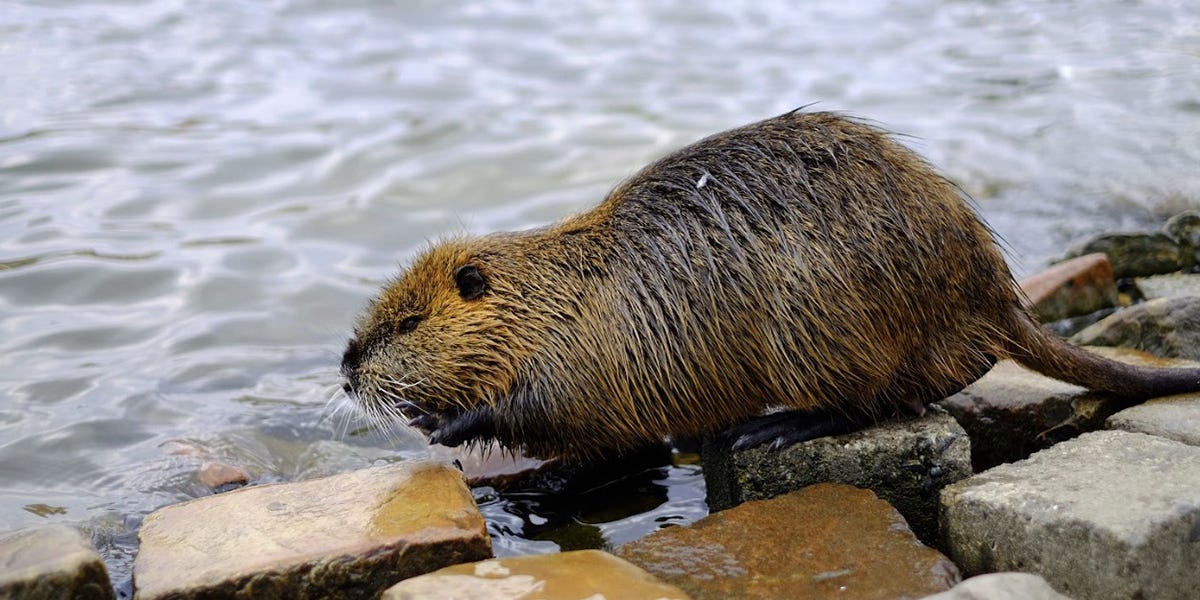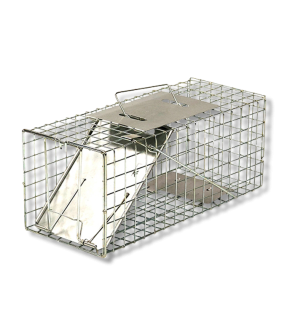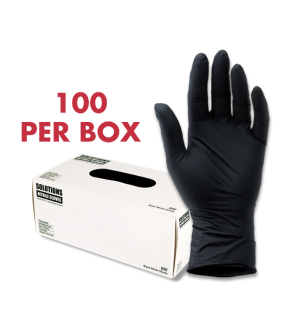Gain access to personalized product screening, the best pricing, rewards, and more!
Most Effective Products
Nutria Control: How To Get Rid of Nutrias
This page is a general nutria control guide. Using the products and methods suggested, you will get control of nutrias. Follow this guide and use the recommended products, and we guarantee 100% control over nutrias. Consult your local and state guidelines to see if the nutria is a protected species in your location before applying control. Proceed with extreme caution when applying control, as nutrias can be extremely dangerous.
Nutrias are large rodents native to South America. They were initially brought to the U.S. because of the demand for their fur. Since their introduction, they’ve developed into an invasive species that significantly damages various crops, vegetation, and wetlands throughout the nation.
Nutrias can live in various habitats but are commonly found close to sources of water and areas with dense vegetation. While They usually stay in the wilderness and wetlands, they will venture out into urban areas and farmlands when there is a food shortage.
If nutrias have ventured upon your property, our DIY nutria control guide below presents the tools and techniques necessary to overcome this rodent. We will share with you our tips and recommendations below.
Identification

Before you can treat, you must ensure you’re dealing with nutrias and not another kind of rodent. Nutria looks like a mixture of beaver, muskrat, and rat. These rodents are semi-aquatic and enjoy swimming. They have been nicknamed swamp beaver, argentine beaver, and American beaver.
- They have coarse yellow-brown to reddish-brown hair on their top coat, while their underfur is gray-colored, dense, and softer in texture. Nutria can grow to over 2 feet long and weigh over 20 lbs. Nutrias are also distinguished by their large incisors, which are yellow-orange and orange-red.
Use the description and image above to help you correctly identify nutrias. If unsure, contact us with a photo of signs of activity such as damage, the animal itself, or scat if possible.
Inspection

Inspection is extremely important for control. Before treating, you need to know the areas where nutria are found. During the inspection, you will focus on finding the indicators of the nutria's activity.
Where To Look
Search around your property, especially near bodies of water. Look in your yard, gardens, crops, fields, and where vegetables are planted. Look also in water-retaining levees, crawl spaces, and near marshes.
What To Look For
You’re looking for signs of Nutria activity. It would be best to focus on searching for their burrows, trails, and slides, which often will be filled with their tracks. The tracks of the hind foot leaves look like 4-webbed toes and a singular toe on the side that is not webbed.
Their droppings are another sign of Nutria's activity. They look dark green to black, are cylindrical, and are 2 inches long and 1/2 an inch in diameter. Plants eaten by Nutria have no tooth marks, and the bark might be peeled in trees where they feed. Once you have confirmed Nutria activity, you will apply treatment here.
Treatment
Once you have confirmed nutria activity, it is time to begin treatment. Our recommended methods of treatment are live trapping or repelling them with an effective Animal Repellent. Remember to read all product labels, follow the application instructions on these labels, and stay safe by wearing personal protective equipment (PPE).
Step 1: Outdoor Trapping
Since most nutria are active outdoors, you will place the trap here. Use the Solutions Humane Live Animal Trap. This trap is easy to use and should provide the needed control.

Solutions Humane Live Animal Trap
The Solutions Humane Live Animal is easy to place and simple to use. To use it, release the trigger mechanism, open the door, and set the trap.
Once you know the nutria’s general tendencies on your property, you can place the trap in a high-activity area where you hope the nutria will be caught. This selected area should also be quiet, with little activity from humans and pets, to make it more likely for the nutria to approach the trap.
Set the trap by opening the trap door, pushing on the door lock, and lifting the door plate. While the door plate is lifted, pull the trigger arm forward to set it. When the trigger arm hook catches the door, it will be set. Then, you’ll want to place an attractive bait inside behind the trigger plate at the end of the trap. For nutrias, we recommend using sweet potatoes and carrots. Since nutrias like to hang around water, you can create a makeshift raft and place the trap on it with the hope the nutria goes to check it out.
Monitor the trap closely, checking it once in the morning and once in the evening. Once caught, turn the nutria into animal control or drive into the wild and release the animal.
Step 2: Apply Animal Repellent
In cases where you can't trap or prefer not to trap, you can try to ward the nutria off using a repellent such as Nature's Defense: All-Purpose Animal Repellent. Scatter this product on your property; when the nutria tastes this repellent, it will not want to stick around.
Prevention

If you've captured or repelled the offending nutria from your property, you don't want another one to return. To prevent them from revisiting your property, you can build fences around the crops or vegetables affected by nutria damage. These fences should be at least 4 feet tall and buried 6 inches from the ground.
If possible, avoid placing species of vegetables that the Nutria has been feeding on or remove them from your fields. Suppose nutria damage is constant, especially on farms and gardens. In that case, new fields or areas should be created away from water sources such as drainages, waterways, and wherever there is flowing water. You can also reuse the Nature's Defense repellent to keep nutria away.
Key Takeaways
- Nutrias are large rodents known for damaging crops and landscapes like golf courses with eating and burrowing habits.
- Our recommendations for removing invading nutrias are live trapping or applying a repellent such as Nature's Defense All-Purpose Repellent.
- Prevent future invasions of nutrias by building fences and reusing repellents to keep them away.









